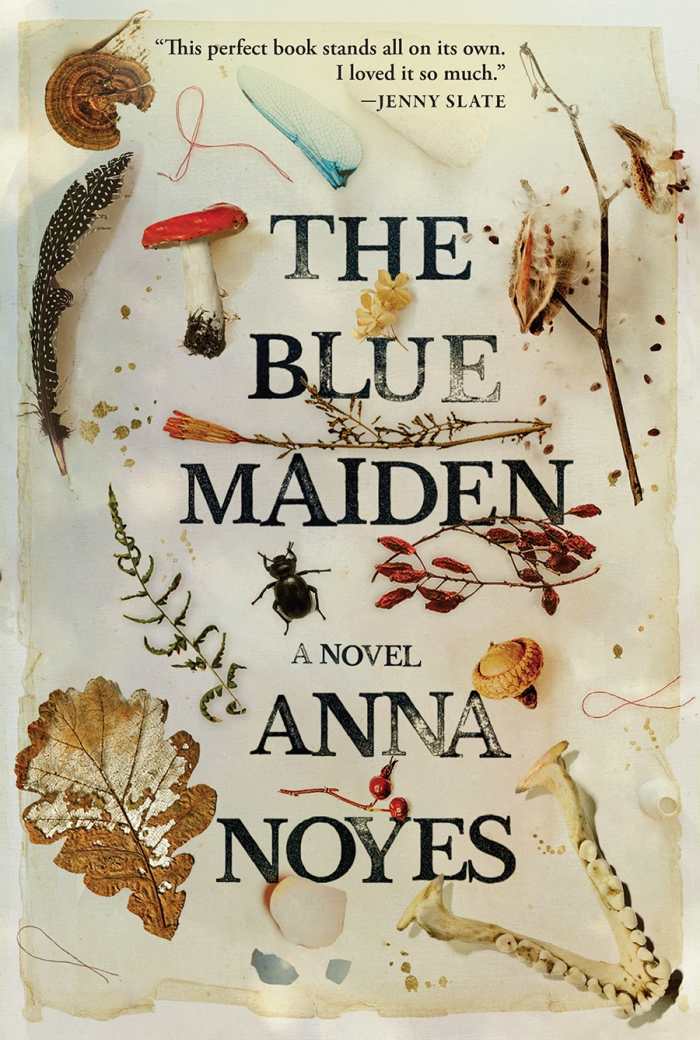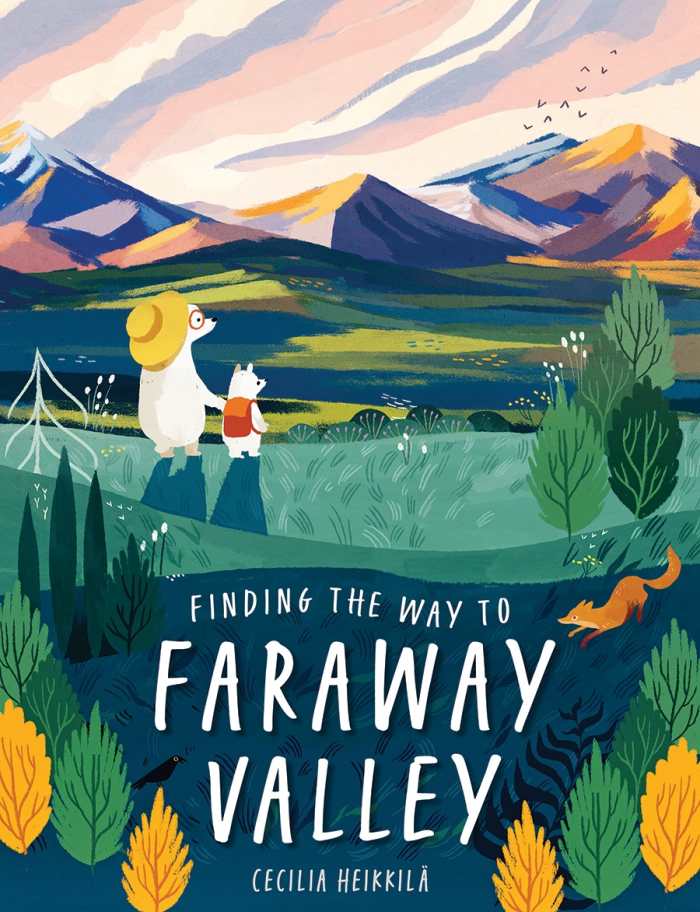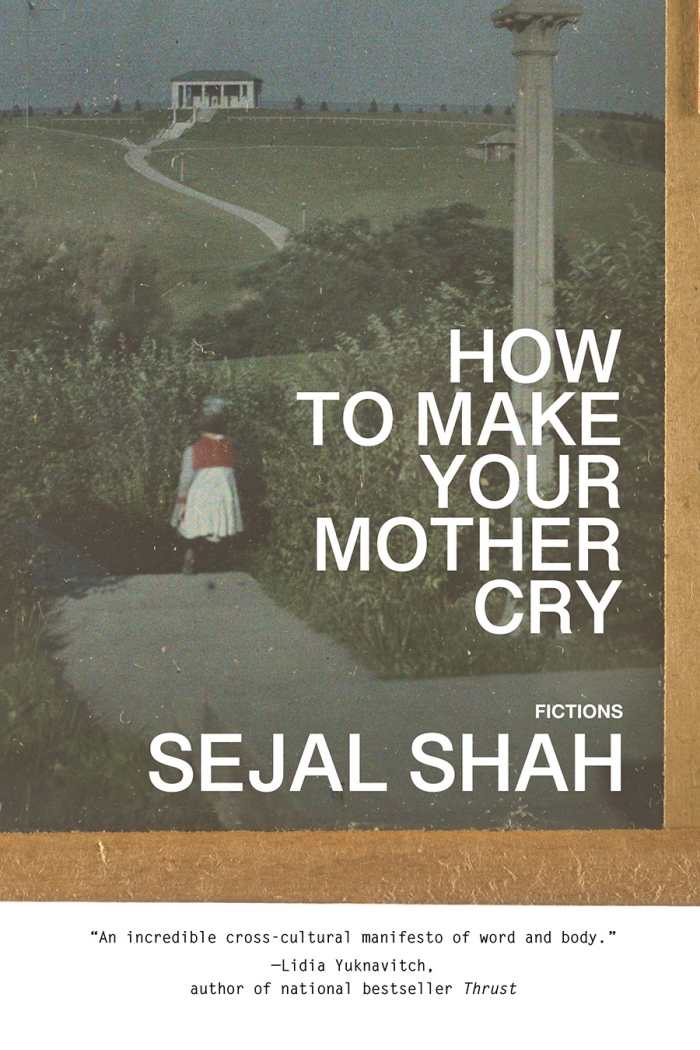Book of the Day Roundup: May 6-10, 2024
The Wildcat Behind Glass

Alki Zei
Karen Emmerich, translator
Yonder
Hardcover $18.00 (240pp)
978-1-63206-364-9
Buy: Local Bookstore (Bookshop), Amazon
Alki Zei’s novel The Wildcat Behind Glass is a timely portrayal of childhoods interrupted under fascism.
First published in 1963, this is the story of an affluent Greek family in 1936, when a dictator took control of the country. Seven-year-old Melia and her older sister Myrto don’t understand what a dictatorship is, but they love that their caretakers have left them alone since it began.
Melia describes the world around her with a simple awe; for example, an adult’s hand is “cold and soft, like bread.” She and her sister bicker often, idolize their cousin and their grandfather, and have vehement opinions on topics they don’t understand. However, when the sisters’ fascist headmaster courts Myrto into his “youth organization,” a replica of the Hitler Youth, with promises of leadership and gold stars, their sibling bond is tested. Myrto is beyond excited and can’t understand why her family disapproves, leaving Melia trapped in the middle.
The novel elucidates how fascist governments utilize children: to spy on their families, to swallow ideologies while they’re at their most impressionable, and to threaten their families with compliance. For example, Melia and Myrto’s father worries about losing his job at the bank; his boss says there will be “consequences” if he doesn’t allow Myrto to participate in the headmaster’s phalanx. As Greece’s fascist government rises, so does the novel’s action, and Melia is dragged into the battle for democracy.
Combining innocent childhood adventures with dangerous high stakes, The Wildcat Behind Glass is a sweet coming-of-age story in which a Greek family resists fascism in the 1930s.
LEAH BLOCK (April 25, 2024)
The Blue Maiden

Anna Noyes
Grove Press
Hardcover $26.00 (240pp)
978-0-8021-6280-9
Buy: Local Bookstore (Bookshop), Amazon
A novel about sisterhood, witch hunts, common cruelties, and survival, Anna Noyes’s The Blue Maiden pulses with earthy magic.
“They attacked me”: it’s a faint admission breathed into the cellar dark, on the night when Bea and Ulrika’s childhood splinters into two parts. The cruel boys in the reeds made it impossible for the preacher’s daughters to keep traipsing, barefoot and free, through the wilds with their mother’s herbal grimoire as their guide. There’s always someone at fault in such tragedies—here, it’s not the girl who arranged hemlock into bouquets. For Bea, who longs to belong, it’s a hard truth to bear.
The girls’ island has a history of such cruelties toward women. Two hundred years ago, another preacher forced boys to confess that they’d been subject to witchcraft on a neighboring island, Blockula—the shadow realm of the uninhabited Blue Maiden. Twenty-five women paid the fatal price of those lies, and they haunt the islanders still. Those who are unusual—like Ulrika; like Bruna, who still practices the old magic; like Elias, who writes poems—are punished. Those who conform—even Bea, in her weakest moments—are left alone.
While jealousies, suspicions, and violence mark the novel’s turns and have lasting implications for its generations, such wounds are salved, even countered, by the defiant liveliness that undergirds the sisters’ island life. They preserve plums, dry herbs, and dance among the tides: “she felt radiant, leaping sure-footed from rock to rock. Colors darted inside her like fish under the surface of the shallows, shimmering pink or gold or green.” These moments ground them, carrying them through dark revelations and hard tests of their bond.
Sifting through centuries of island life to reveal a splendid array of women’s heirlooms–tactile and otherwise—The Blue Maiden is a bewitching novel.
MICHELLE ANNE SCHINGLER (April 25, 2024)
The Last Syrian

Omar Youssef Souleimane
Ghada Mourad, translator
Seagull Books
Hardcover $21.00 (172pp)
978-1-80309-344-4
Buy: Local Bookstore (Bookshop), Amazon
The freedom to live life on its own terms is at stake in Omar Youssef Souleimane’s novel The Last Syrian, about the Arab Spring in Syria.
When Mohamed Bouazizi set himself on fire in desperation over the situation in his native Tunisia in December 2010, his act sparked a conflagration across the Middle East known as the Arab Spring. In March 2011, the protests reached Syria, where demonstrations and protests against the repressive al-Assad regime swept the country.
Sensing the opportunity for a life on his own terms, Youssef joins a group of young activists who want to overthrow the current dictatorship and build a new society based on democracy and freedom. Together with his friends Josephine, Khalil, Bilal, and Adel, Youssef organizes protests while expressing his dreams of a nonviolent revolution in emails to Mohammad, a sexually repressed shopkeeper he met for a secret one-night stand.
But as the Syrian revolution rolls on, the regime closes in on its dissidents. Adel is murdered, Khalil is imprisoned, Bilal joins the Muslim Brotherhood, and Mohammad tries to survive as a gay man in an ever-changing status quo after having been shunned by his family. Youssef and Josephine know their time is running out; soon the secret police will catch up with them. They are forced to make a fateful decision that will forever alter their lives.
Ghada Mourad’s beautiful translation succeeds in demonstrating how oppression works on several levels at once while portraying the disintegration of revolutionary optimism when the ruthless dictatorship’s heavy hand strikes down its own citizens. The torture scenes and sex scenes are graphic, serving the narrative and propelling it forward.
Set against the backdrop of the Syrian Revolution, The Last Syrian is a sensual novel about the yearning to live a life of love and freedom.
ERIKA HARLITZ KERN (April 25, 2024)
Finding the Way to Faraway Valley

Cecilia Heikkilä
Floris Books
Hardcover $17.95 (40pp)
978-1-78250-854-0
Buy: Local Bookstore (Bookshop), Amazon
This moving tale weaves a gentle moral of conservation through the story of a little bear’s adventure with his grandfather. Grandpa has always had a postcard for Faraway Valley on his fridge, but only a question from his grandson prompts him to undertake the difficult journey to the magical place. When they arrive, however, the towering trees and flowing rivers are stumps and mud. An unexpected encounter demonstrates that hope is not lost—if we act to protect the wild.
DANIELLE BALLANTYNE (April 25, 2024)
How to Make Your Mother Cry
Fictions

Sejal Shah
West Virginia University Press
Softcover $24.99 (192pp)
978-1-959000-13-6
Buy: Local Bookstore (Bookshop), Amazon
Sejal Shah’s intrepid short story collection How to Make Your Mother Cry is a polysemous encounter connecting auditory and visual modes. Interspersed with ephemera—memory-photographs, childlike drawings, Indian dance notations, a playlist of songs and liner notes—its hybrid forms include poetry and prose-poetic turns.
While their plot coordinates are murky, these linked stories are scintillating, distilled glimpses of life shuttled among disparate American geographies, including Iowa and New York. They negotiate ethnicity and straddle Gujarati Indian and American cultures. They are led by girlish V. across three sections encompassing her childhood (“a girl walks into the forest)”, adolescence (“a girl is lost in the woods”), and adulthood (“a girl claws her way out”).
Rendered in lush and intimate prose, the stories speak to V.‘s coming of age, attended by a sense of loneliness even though she’s surrounded by siblings, childhood friends, and boyfriends. They speak of heartbreak, loss when lovers leave, and surviving with one’s sense of self intact: “You were a girl, you were worth saving.” They address intergenerational cultural alienation too, which is observed within the intimate connections between a mother and child.
V. addresses letters to her beloved English teacher, Mr. Bird, who never replies. Trauma is accounted for in a deadpan tone, with V. recalling staving off depression after the loss of her sister. Luminous moments are sculpted with exquisite poetics: as Tibetan monks make sand paintings; as V. looks up save in a dictionary while young; as V. holds a rock in her hand, steals it, and thinks about how a girl becomes rock.
How to Make Your Mother Cry is a groundbreaking literary collection that transcends limits to heighten meaning and emotional power.
ELAINE CHIEW (April 25, 2024)
Kathy Young
